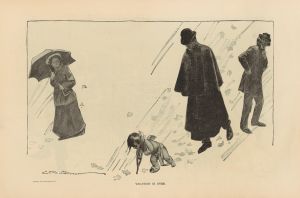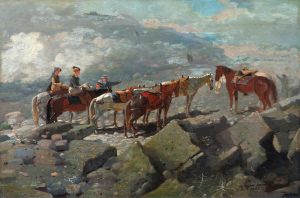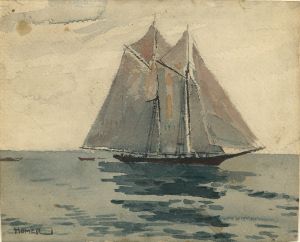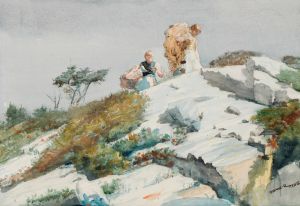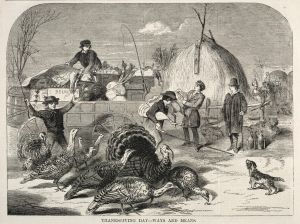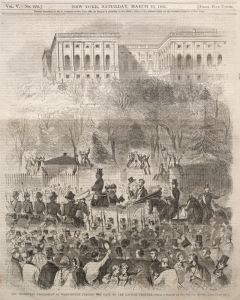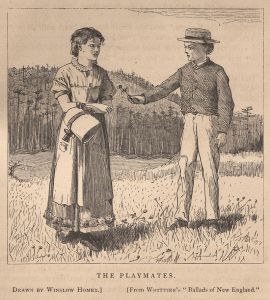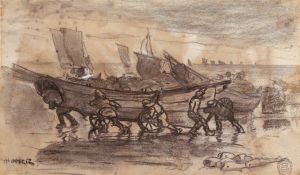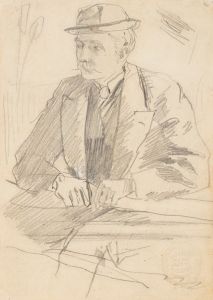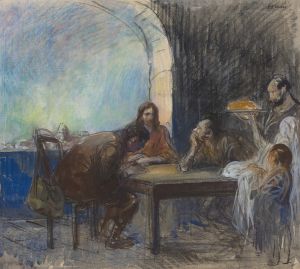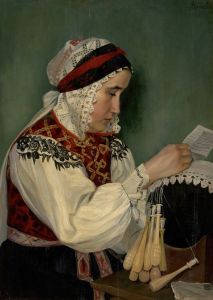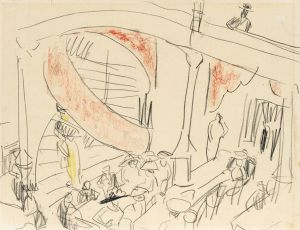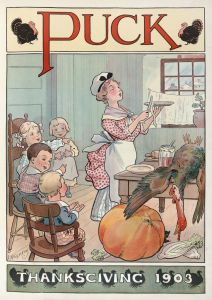
Thanksgiving Day – The Dinner
A hand-painted replica of Winslow Homer’s masterpiece Thanksgiving Day – The Dinner, meticulously crafted by professional artists to capture the true essence of the original. Each piece is created with museum-quality canvas and rare mineral pigments, carefully painted by experienced artists with delicate brushstrokes and rich, layered colors to perfectly recreate the texture of the original artwork. Unlike machine-printed reproductions, this hand-painted version brings the painting to life, infused with the artist’s emotions and skill in every stroke. Whether for personal collection or home decoration, it instantly elevates the artistic atmosphere of any space.
"Thanksgiving Day – The Dinner" is a painting by the American artist Winslow Homer, completed in 1869. Homer, known for his realistic and vivid depictions of American life, was a prominent figure in 19th-century American art. This particular work captures a scene that reflects the cultural and social aspects of Thanksgiving, a holiday that had gained national prominence in the United States during the 19th century.
The painting portrays a family gathered around a table, partaking in a Thanksgiving meal. The setting is a modest, yet warmly lit dining room, which emphasizes the intimate and familial nature of the holiday. The composition of the painting is carefully arranged to draw the viewer's attention to the central activity of the meal, highlighting the themes of togetherness and gratitude that are synonymous with Thanksgiving.
Homer's use of color and light in "Thanksgiving Day – The Dinner" is notable for its ability to convey warmth and comfort. The artist employs a palette of earthy tones, which adds to the sense of homeliness and tradition. The figures in the painting are depicted with a sense of realism and individuality, showcasing Homer's skill in capturing the nuances of human expression and interaction.
The painting reflects the broader cultural context of post-Civil War America, a period during which Thanksgiving was increasingly celebrated as a unifying national holiday. President Abraham Lincoln had proclaimed Thanksgiving a national holiday in 1863, during the Civil War, as a means to foster a sense of unity and gratitude among the American people. By the time Homer painted this work, Thanksgiving had become an established tradition in many American households.
"Thanksgiving Day – The Dinner" is an example of Homer's genre painting, a style that focuses on scenes of everyday life. This approach was popular in the 19th century, as it resonated with the growing middle class's interest in art that depicted familiar and relatable subjects. Homer's ability to capture the essence of American life and culture made his work particularly appealing to contemporary audiences.
Winslow Homer began his career as an illustrator, and his background in this field is evident in the narrative quality of his paintings. "Thanksgiving Day – The Dinner" tells a story through its depiction of a family gathering, inviting viewers to reflect on their own experiences and traditions associated with the holiday.
Today, Winslow Homer is regarded as one of America's foremost artists, and his works are celebrated for their contribution to the development of American art. "Thanksgiving Day – The Dinner" remains an important piece within his oeuvre, offering insight into the cultural and historical significance of Thanksgiving in the United States during the 19th century. The painting is a testament to Homer's ability to capture the spirit of American life and continues to be appreciated for its artistic and historical value.





